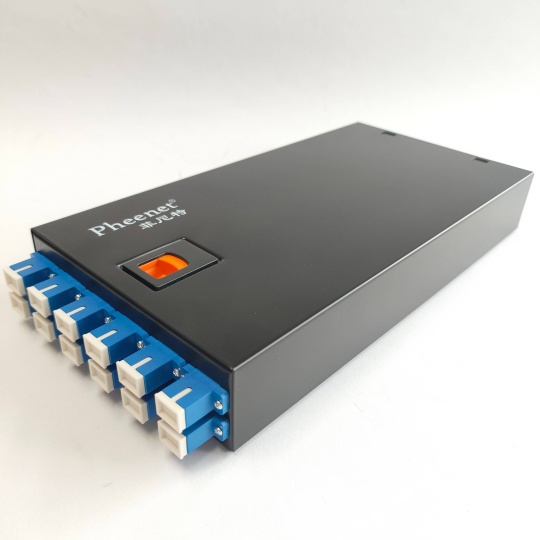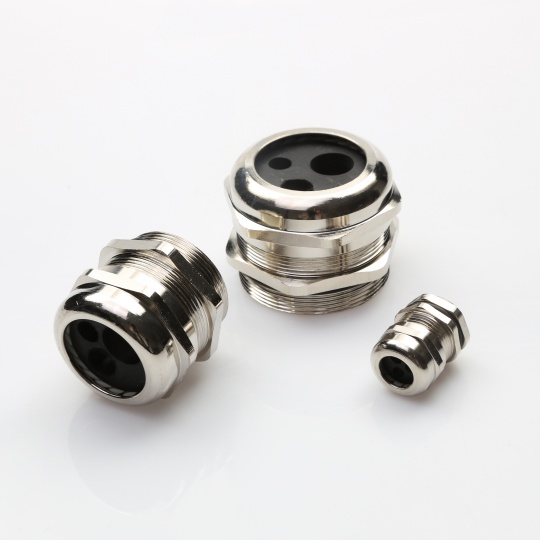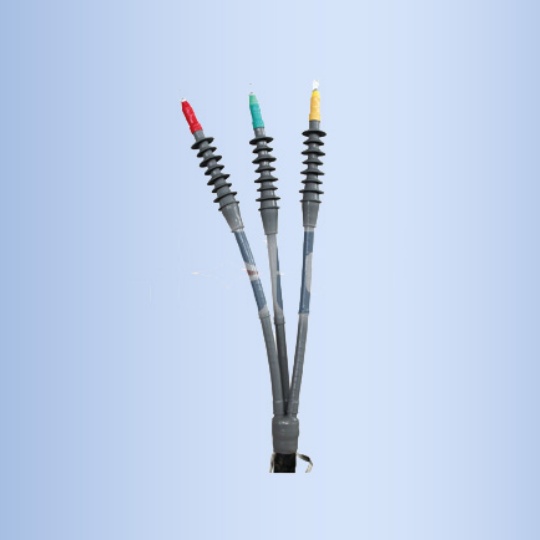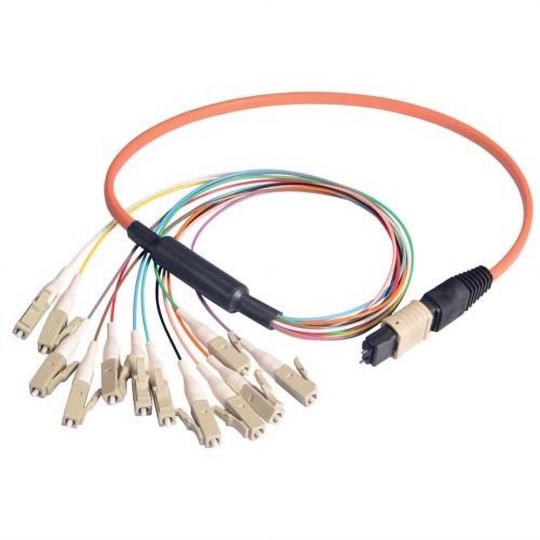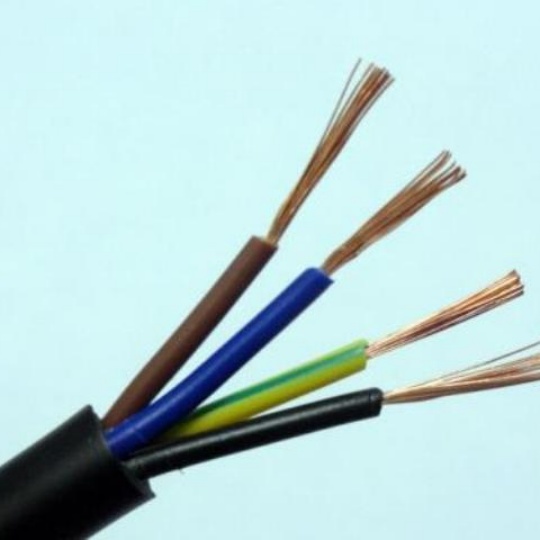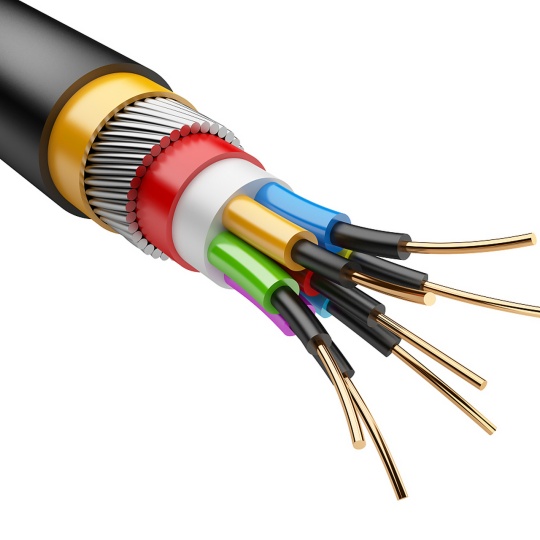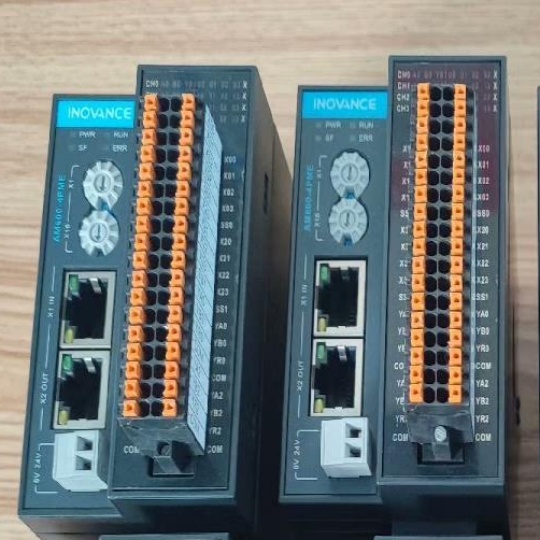What is an industrial cable and how does it differ from regular cable...
In our daily life and industrial production, cables are essential for transmitting electricity, signals, or data. But not all cables are the same. Two common types are industrial cables and regular cables, each designed for specific purposes. Let’s break down what an industrial cable is and how it differs from regular cables, helping you choose the right one for your needs.
What is an industrial cable?
An industrial cable is a heavy-duty cable specifically engineered to handle the harsh conditions of industrial environments. These environments often involve extreme temperatures, moisture, chemicals, physical stress (like bending or crushing), and high electrical loads. Industrial cables are built to be tough, reliable, and long-lasting, ensuring uninterrupted operation in factories, power plants, construction sites, and other industrial settings. They are designed to meet strict industry standards for safety and performance.
What is a regular cable?
Regular cables, also known as general-purpose cables, are lightweight and designed for everyday, low-stress applications. They are used in residential, commercial, or light-duty settings where conditions are mild and stable. Examples include the cables that power your home appliances, charge your phone, or connect devices like TVs and computers. Regular cables prioritize flexibility and affordability for basic use rather than extreme durability.
Key differences between industrial cables and regular cables
1. Durability and strength
Industrial cables are made with robust materials, such as thick insulation, reinforced conductors, and resistant outer layers. This makes them able to withstand frequent movement, heavy machinery vibrations, and physical impacts. Regular cables, on the other hand, have thinner insulation and weaker structures, as they don’t need to handle such stress. They can easily get damaged if bent too much or exposed to rough handling.
2. Resistance to environmental factors
Industrial cables are built to resist harsh environments. They can tolerate extreme temperatures (both high and low), exposure to water, oil, chemicals, dust, and UV rays. This is crucial for industries like manufacturing, mining, or outdoor energy projects. Regular cables lack these protections. They work best in dry, room-temperature environments and can fail quickly if exposed to moisture, heat, or chemicals.
3. Performance under load
Industrial settings often require cables to carry high voltages, large electrical currents, or complex data signals over long distances without losing efficiency. Industrial cables are designed to maintain stable performance even under these high loads. Regular cables, however, are rated for lower voltages and currents. Using a regular cable in a high-load industrial setting can cause overheating, power loss, or even electrical fires.
4. Application scenarios
Industrial cables are used in heavy industries: factories with machinery, power generation plants, oil refineries, construction equipment, and transportation systems (like trains or ships). Regular cables are for daily use: home wiring, office electronics, small appliances, and consumer devices.
How to choose the right cable?
To avoid problems like equipment failure, safety risks, or frequent replacements, consider your environment and needs:
- If you’re working in a harsh environment (extreme temps, moisture, chemicals) or need to handle high power/heavy use, choose an industrial cable.
- For home, office, or light-duty devices with stable conditions, a regular cable is sufficient and more cost-effective.
Conclusion
Industrial cables and regular cables serve different purposes, with the former built for durability, harsh environments, and high performance, and the latter for everyday, low-stress use. Understanding their differences helps you make the right choice, ensuring safety, reliability, and cost-effectiveness in your applications. Always match the cable to your specific environment and needs!


